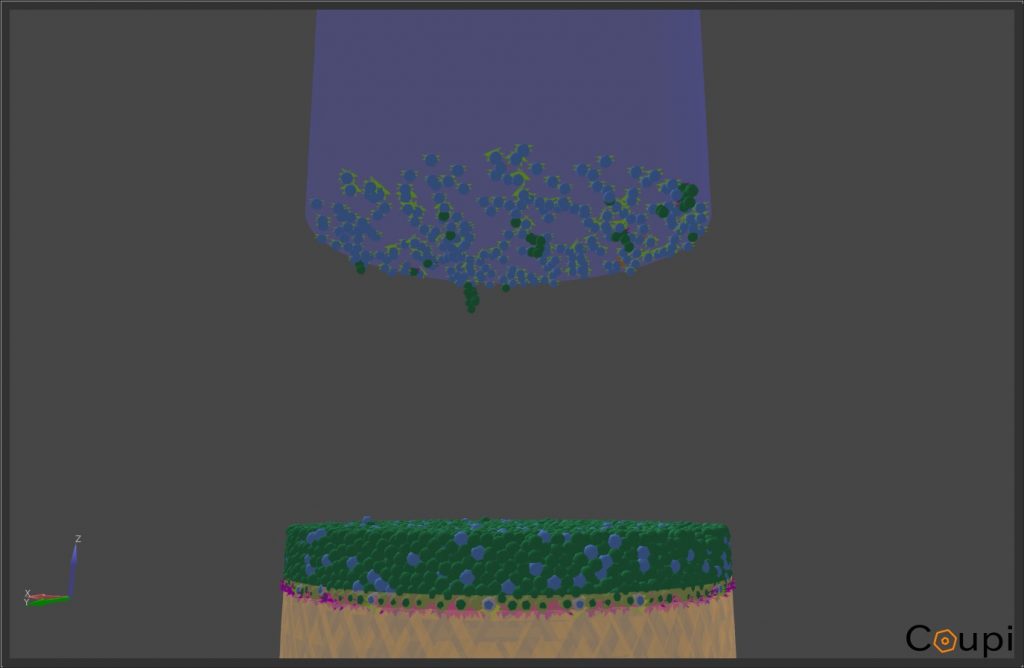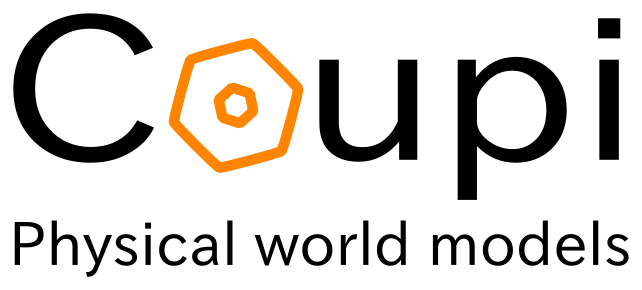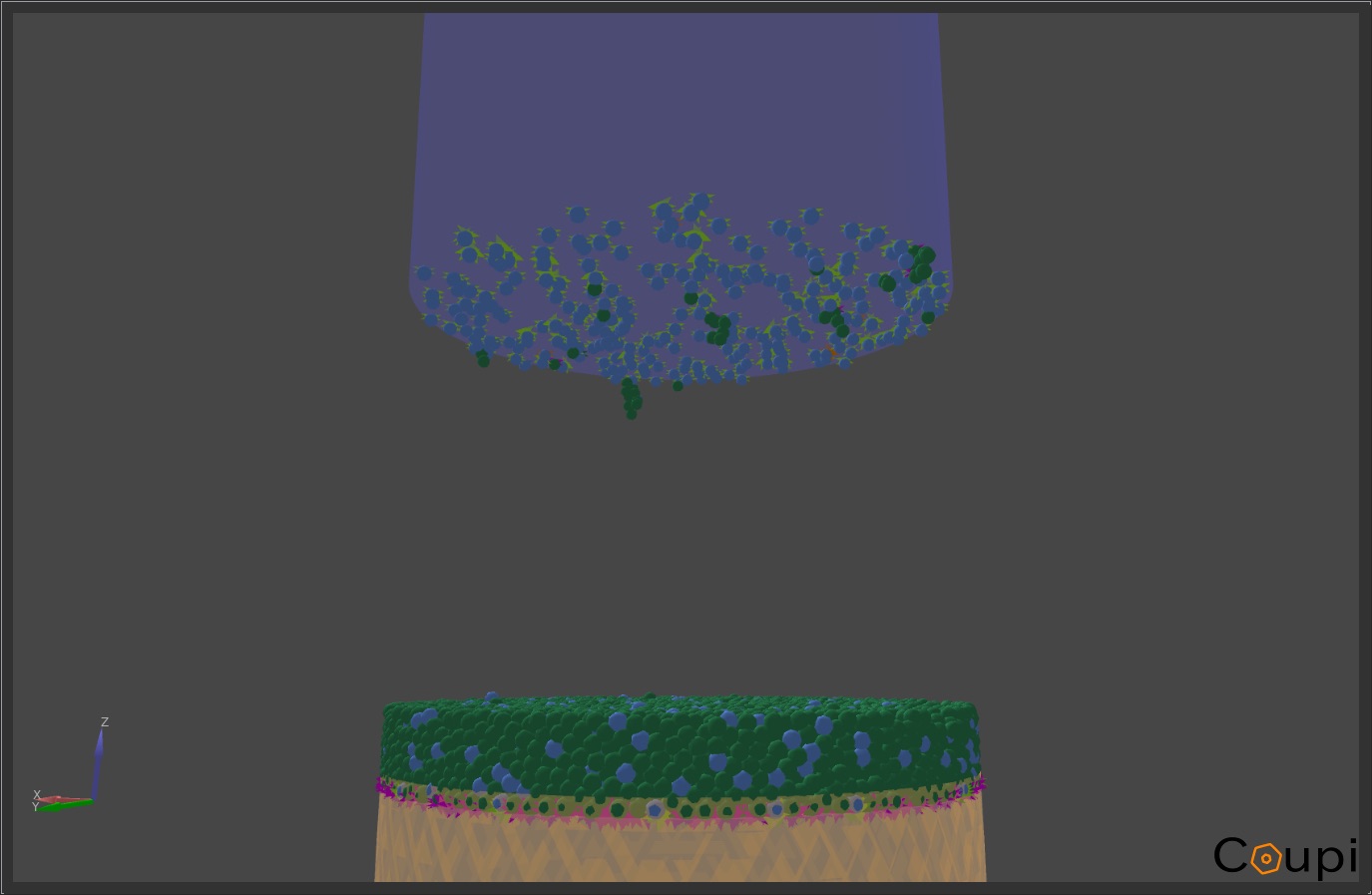As an intern during the previous year, the opportunity to work with Coupi again provided a unique chance to see how both the company and I had grown. A lot has changed on both sides in the two semesters since my previous internship has ended. On my end, I’m now halfway through my graduate studies, beginning work on my master’s project, and beginning to look at possible paths for when I graduate. On my first day back with Coupi, I could tell a similar period of growth appeared for the software. With a new and improved interface, expanded features, and big plans for the future, using the software was quite a different experience from when I had last touched it, even if the underlying principles are still the same.

While my internship during the previous summer consisted of user manual development, software testing, and some simulation research towards the end, this summer was almost entirely composed of applied research through simulation development. Of course, working with new features towards an applied project means that new bugs could be found, so my role as a software tester still remained, but the ability to gather meaningful data was still exciting. After refamiliarizing myself with the software and its new components, I promptly pivoted into helping with the first big project of the summer, involving the simulation of a rotary tablet press.
Rotary Tablet Press
Within the pharmaceutical industry, there is a challenge involved in the process of tablet creation through a rotary tablet press. When a powder mix consisting of an active pharmaceutical ingredient (API) and an Excipient is compressed by the punch, some of the API particulates can become stuck to the punch as opposed to the formed tablet. This process continues, with more API slowly accumulating on the punch until the point where it begins damaging formed tablets, or even the machinery itself. In order to prevent this damage, these tablet presses must be cleaned regularly, requiring the entire operation to stop in a costly manner. This sticking, generally speaking, is caused by the API forming stronger bonds with the punch than the tablet. The micro-mechanical processes involved with the formation of these bonds are some of the mysteries that Coupi hoped to provide insight into through this project.
The basic setup for the simulation was already built by the time I joined the project. My role, at least for the first while, was to run several simulations with a variety of parameters so that the primary cause of sticking could be found. Over the duration of my time working on the simulation, I was able to devise several scripts to help with a quick analysis of the data obtained from running cycles of the rotary press. They ranged from tasks as simple as determining the mass of particles stuck on the top punch, to the forces exuded on the punch and tablet, to determining the strength of adhesive/cohesive bonds within the tablet following the retraction of the top punch surface.
The basic setup for the simulation was already built by the time I joined the project. My role, at least for the first while, was to run several simulations with a variety of parameters so that the primary cause of sticking could be found. Over the duration of my time working on the simulation, I was able to devise several scripts to help with a quick analysis of the data obtained from running cycles of the rotary press. They ranged from tasks as simple as determining the mass of particles stuck on the top punch, to the forces exuded on the punch and tablet, to determining the strength of adhesive/cohesive bonds within the tablet following the retraction of the top punch surface.

All in all, the project gave me a great opportunity to work with extracting and analyzing specific data from entire datasets. Through the DEM model, there is an enormous amount of data regarding the physical characteristics of a scene and it’s contained particles, with the primary challenge being to find a clean way to extract and present that data to examine changes over time. This challenge was always entertaining to me, however. At this point, I had grown adept with the structure of data that simulations would output, so pulling whatever data was relevant, and then processing the formula through any physical formulas to get the physical characteristics we were interested in, was always an exciting puzzle to me. The fact that the results I obtained had such an immediate and tangible benefit for the company, as we used it to determine future trials and ultimately for presentations, made the entire process of testing and analysis very satisfying.
Blending Simulation
Later in the internship, I had the opportunity to help with the creation and analysis for a simulation from the very beginning phases. This particular simulation involved looking at the mechanics of segregation within the powder mix of a blender. So, while the rotary press project looked at the creation of a tablet from a mix of pharmaceutical ingredients, this blending project looked at the blending of powder for use in the creation of a tablet for instance.
From the beginning, this project gave me the opportunity to exercise many of the skills I had picked up during my time at UAF. We didn’t have any full models of pharmaceutical blenders initially, so I started by researching existing models that were possible to use, or into the dimensions of physical blenders so that I could model my own. It gave me an appreciation for how many details one needs to know to move into simulations so that all physical parameters are known for calculations.
The primary contribution I made to the project past the initial blender modeling was the creation of analysis scripts to determine the uniformity of a blended powder mix. By having a measurement of uniformity, it is possible to determine what mechanics in the blending process cause segregation, or a loss in uniformity such as a dead zone that occurs in particular spots of the blender. The primary measure of uniformity within the pharmaceutical industry is to look at the relative standard deviation (RSD) of the mass concentration of a target particle type. The challenge lies in how to evenly sample the powder mix across different regions of the blender. My solution was to implement an Octree algorithm that subdivides the bounding box surrounding the entirety of the blender into eight smaller bounding boxes. This process recursively continues until bounding boxes of the desired size are achieved, which then becomes the smallest sample for mass concentration to be determined. Then, by looking at the mass concentration across numerous samples, the standard deviation of sample groups as well as the RSD can be properly calculated.

I didn’t run the simulations themselves to collect data for these simulations. However, the creation of a script to analyze the mass concentration and RSD, while doing so in a relatively efficient manner, was a great challenge that was incredibly entertaining to work through.
Moving Into the Future
Ultimately, this summer has been a great experience, and has provided a valuable opportunity to work with and contribute to active software development projects and research. I’ve been able to learn a lot from my experiences with designing simulations, writing scripts to analyze data from datasets, and working together with my fellow interns to get the data we need. I’m perhaps even more grateful for the degree of freedom offered to us as interns and how we are allowed to contribute. Rather than simply being told to do task A, then task B, we are given goals and can then discuss what the best way to go about reaching those goals would be. The fact that we are actually given input on how to design and proceed with the simulations is a great chance to exercise our own problem-solving skills and work as effectively as possible.
I look forward to seeing how Coupi develops in the coming years, and what accomplishments they will make. I know that I’ll take the lessons I’ve learned during my time with Coupi with me far into the future.

